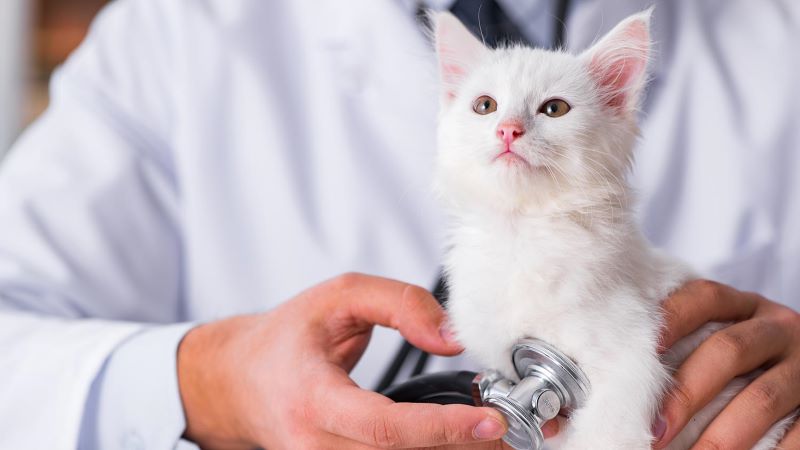Cats are often thought of as the “easier” pet when compared to dogs. There’s no rushing home after work to let a cat outside, you can count on a cat to keep himself groomed, and most cats prefer to be left alone to sleep for much of the day. Cats are known for their self-sufficient nature, and often for this reason pet owners opt to purchase pet insurance for their dogs and leave their cat without coverage. According to the North American Pet Health Insurance Industry Report, in 2017 about 1.5 million dogs were protected with pet health insurance in the US, while only roughly 290,000 cats carried coverage. Cats may require less energy to care for than dogs, but they are just as likely to become injured or suffer from an illness that results in veterinary bills. You should consider enrolling your cat in pet insurance sooner rather than later because:
Indoor cats are at risk.
Despite what many cat owners believe, indoor cats are also at risk of accident or illness resulting in the need for veterinary treatment. Every cat owner has suffered from a bored cat chewing up their houseplant, but what happens if that plant is toxic and you have to rush your cat to the emergency clinic? Or when your adorable kitten misjudges a jump and falls from a height - the list of possible accidents goes on and on. Your feline friend can suffer from minor illnesses such as an ear infection, to more serious conditions like cancer or heart disease.
Vet bills can be costly regardless of pet type.
Every six seconds, a pet owner is faced with a vet bill for more than $3,000. Diagnostics, treatments and prescription medications will quickly add up regardless of whether they’re for a dog or cat. Advancements in veterinary medical treatments provides a greater opportunity to help cats suffering from injuries and illnesses, but innovative care comes at a price. Pet insurance can help to alleviate the cost of veterinary treatment, so you can make choices based on what your cat needs, instead of what you can afford.
Wellness items and exam fees are covered.
Even if you’re convinced your cat is as safe as can be inside your home, you’re still a responsible pet owner who takes him for an annual wellness checkup. Pet insurance reimburses for wellness items such as flea/tick medications, de-worming, fecal exams and many other preventative procedures. You can also choose coverage for the administrative exam fee that your veterinarian charges just for walking in the door!
You won’t know when you’ll need it.
Accidents and illnesses can happen suddenly. Many pet owners put off enrolling in pet insurance with the reasoning that their young kitten won’t have any major expenses until he’s older. Unfortunately, playful kittens are rambunctious and often seek out trouble. If you choose to insure your cat from the start of your time together, the cost of pet insurance will be lower. In addition, there isn’t a single pet insurance company that can cover pre-existing conditions, so enrolling when your pet is young and without an extensive medical history can save a lot of money in the long run!
It’s easy and affordable!
Pet insurance is similar to human medical insurance. The major difference is that it acts on a reimbursement basis, so you pay your veterinarian up front and then submit a claim to your pet insurance provider. Once your claim has been processed, you will be reimbursed for any covered expenses.
PetPartners offers customizable pet health insurance plans, so you choose to pay for exactly the coverage you need. You can build a policy to cover accidents and illnesses, then add endorsements for wellness care, inherited conditions, final respects coverage, and exam fees. You also choose your deductible, incident limit and annual limit.
A total of $17.07 billion was spent on veterinary costs by US pet owners in 2017! Choose to get a free quote and see how affordable pet insurance can be for your cat!

